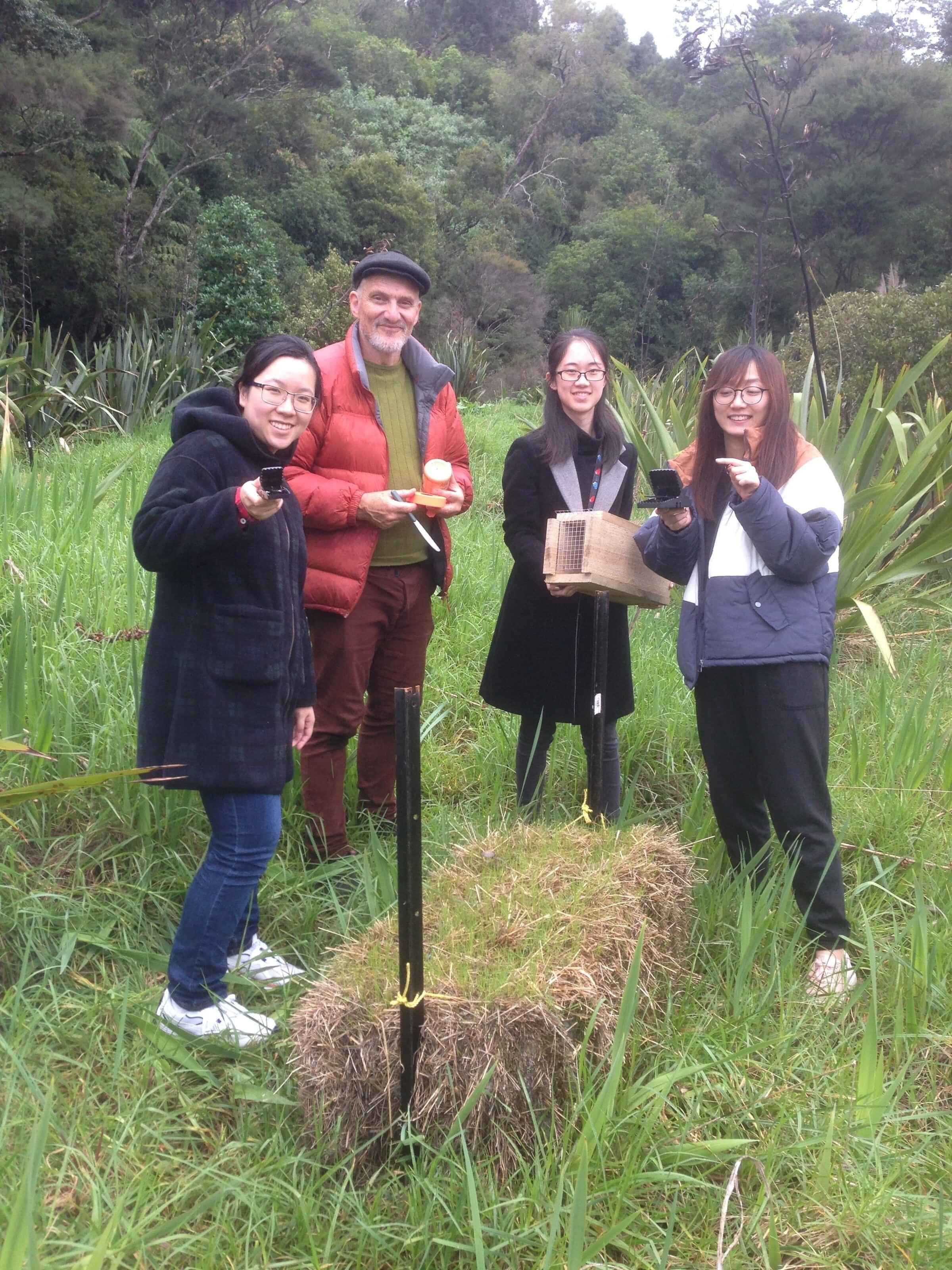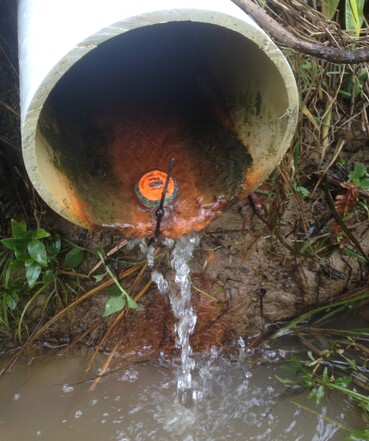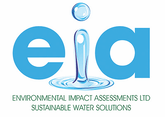Monitoring Our Water Quality
Because every drop counts
Our goal is to provide expert knowledge at a reasonable price for the best possible outcome for the client, and the environment.
The core business of Environmental Impact Assessments is providing advice to councils, consultants, farmers and property developers on water quality and the ecological status of freshwater environments (rivers, streams, lakes and wetlands). Assessment of ecological effects reporting is a requirement for any development near water under the Resource Management Act. We undertake freshwater ecology surveys for clients which forms part of the resource consent application. If you need resource consent advice for anything surrounding water quality, freshwater ecology, aquatic ecosystems, riparian vegetation, stream gaugings, stream depletion or freshwater biodiversity then please call us.
We have conducted training seminars on environmental data analysis at two regional councils.

Spawning sites for white bait
Hay bales are sometimes used to enhance white bait spawning. They are placed in low elevation areas of the lower reaches of streams where saltwater intrusion extends. We have found that hay bales plus rat and mouse trapping is a great way to get good white bait success rates because rats and mice like to eat the fish eggs. If we can increase spawning sites (the gaps in the straw) and control predators (with traps) we can increase the population success for our white bait.
Stormwater Temperature Sampling
Stormwater discharges can often thermally stress our urban streams. Urban rain runoff during summer can be quite warm owing to all the warm surfaces it passes over like roofs, roads and footpaths. These thermistors measure water temperature every 15 minutes. During the summer of 2018 we observed stormwater temperatures rising by 5 degrees C in the span of 15 minutes, that’s a big change in water temperature over a short time which can stress our streams.

Estuary Water Quality Sampling
We use kayaks to sample water from our estuaries, it makes for a fun day with a bit of aquatic exercise! Estuaries are very dynamic ecosystems with distinct changes in salinity with the changes in tide. Specialist fauna and flora inhabit these areas and play a vital role in processing organic matter within the mud/ sand matrix of the estuary bed.
E.coli monitoring
E.coli can be monitored by taking a water sample, bringing back to the lab and using the petrifilm technique. These plates have a nutrient agar contained under the cover slip. Indicator bacteria grow on these plates and after 48 hours the E.coli bacteria release a gas and form a blue dot. The number of blue dots is averaged for the 3 plates , multiplied by 100 (as 1 ml of water is dropped onto the plates) to give the E.coli count for a given stream. Ideally we want our streams to be <260 E.coli/100ml to ensure safety for bathing. Counts higher than 260 poses a risk to bathers who could accidentally ingest a droplet of water giving rise to gastrointestinal illness.

Community Education
Over the years EIA LTD have been called upon to help with education outside the classroom. We LOVE this work as it provides an opportunity to engage with the community about the importance of preserving stream and wetland ecosystems.
Get in Touch
If you need resource consent advice for anything surrounding water quality, freshwater ecology, aquatic ecosystems, riparian vegetation, stream gaugings, stream depletion or freshwater biodiversity then please get in touch.


